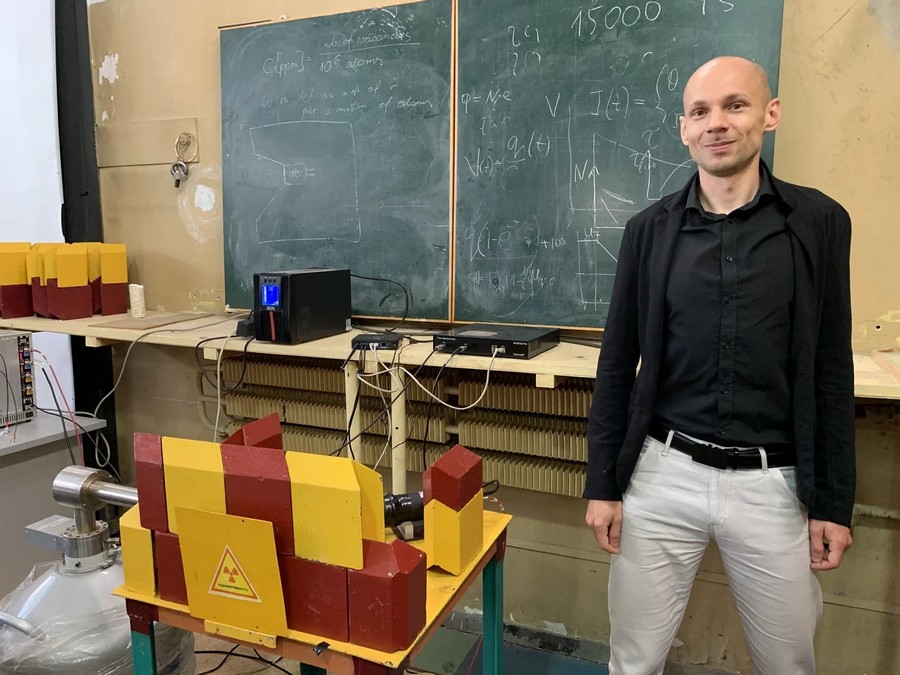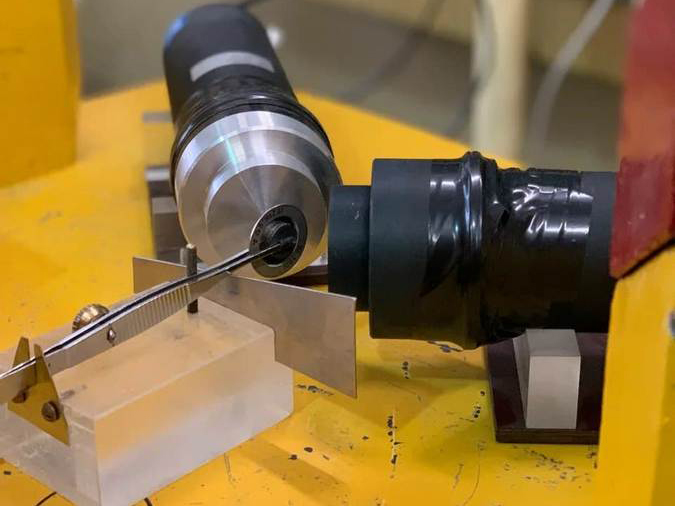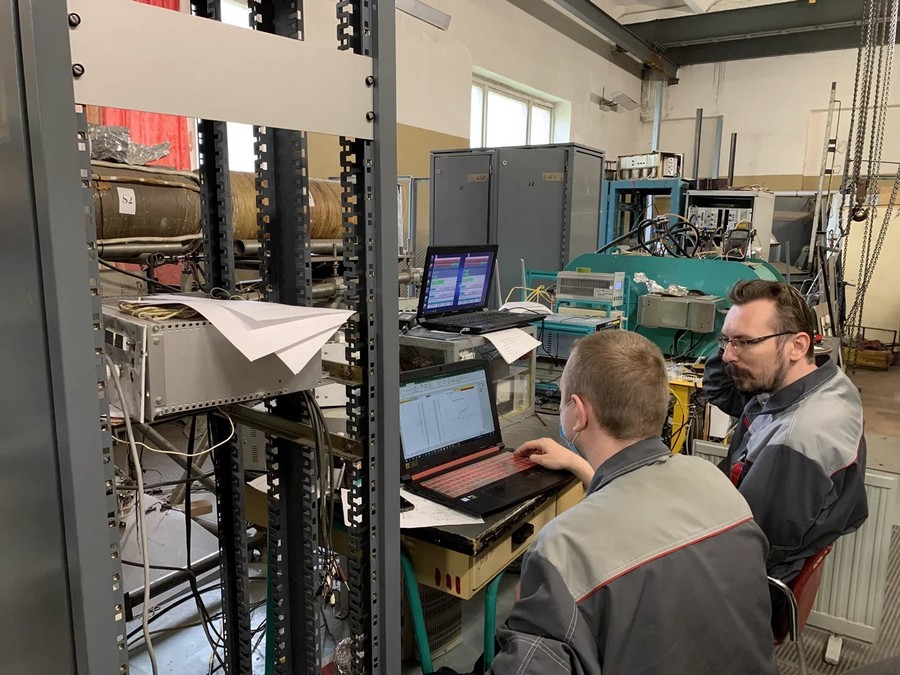First results of experiment on development of coating with unique radiation hardness properties
News, 08 July 2021
Recently, an article about the first results of the experiment on the development of a coating with unique radiation hardness properties has been published on the website “Nauka — RIA Novosti”. The research is being performed by scientists from Tomsk Polytechnic University (TPU) in cooperation with the Weinberg Research Center (WRC, TPU) and the Dzhelepov Laboratory of Nuclear Problems (DLNP, JINR).
The Group of Scientific Communication talked to Krzysztof Siemek, the head of the DLNP Electron Cooling Section and a participant of this experiment.
 Krzysztof is a specialist in two fields, in solid-state physics and in chemistry, which allows him to use in his work physical and chemical research methods. The Section headed by Krzysztof studies materials using positron beams, or positron-annihilation spectroscopy. This type of spectroscopy permits analyzing defects in materials at different depths from a fraction of a nanometre to millimetres. It is successfully applied in solid-state physics, crystallography, chemistry, materials science and surface engineering.
Krzysztof is a specialist in two fields, in solid-state physics and in chemistry, which allows him to use in his work physical and chemical research methods. The Section headed by Krzysztof studies materials using positron beams, or positron-annihilation spectroscopy. This type of spectroscopy permits analyzing defects in materials at different depths from a fraction of a nanometre to millimetres. It is successfully applied in solid-state physics, crystallography, chemistry, materials science and surface engineering.
Krzysztof met his colleagues from TPU at one of science conferences, “It turned out that we work on the same problem — positron annihilation. Each of us had their results from which we could mutually benefit. Furthermore, there are no suitable radiation sources in Tomsk, and they have to be found elsewhere. And JINR has such sources.”
Radiation damage of structure materials and their service life reduction are relevant issues in nuclear engineering and space exploration.
To solve these issues, scientists suggest using a nanoscale multilayer zirconium―niobium coating.
“These materials are very specific, they interact like water and oil: they do not mix together and do not create additional phases”, says Krzysztof. “We study less the materials themselves than boundaries between the layers. And we found out that interfaces of these metals withstand different types of radiation well, the metals do not degrade here.”
A nanoscale coating based on zirconium and niobium layers closely fitting each other is examined in this experiment. A sample is exposed to different types of radiation. At first, the effect of proton irradiation conducted at the EG-5 accelerator of the Frank Laboratory of Neutron Physics (FLNP JINR) was studied. Next experiments should include irradiation with heavy ions at accelerators of the Flerov Laboratory of Nuclear Reactions (FLNR JINR), and also with neutrons at the IBR-2 facility (FLNP JINR). After irradiation, the samples are usually delivered to DLNP where the scientists, using the method of positron-annihilation spectroscopy, analyze emerged defects, their concentration, and depth of occurrence.
Measurements demonstrate that the novel material has a high radiation hardness.
The studies are supported by a three-year grant from the Russian Science Foundation (RSF). A year and a half are over, and the scientists published the first measurement results in the journal Metals.
The research will result in recommendations for optimal parameters of the nanoscale multilayer zirconium―niobium coating, which will allow efficiently protecting structure materials against radiation damage.
Source: DLNP


